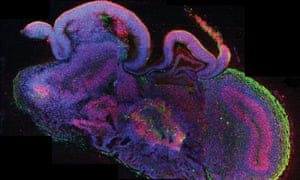T Richards, & C Maslach
BMJ 2019; 366
doi: https://doi.org/10.1136/bmj.l4774
(Published 30 July 2019)
Burnout has become a big concern within healthcare. It is a response to prolonged exposure to occupational stressors, and it has serious consequences for healthcare professionals and the organisations in which they work. Burnout is associated with sleep deprivation, medical errors, poor quality of care, and low ratings of patient satisfaction. Yet often initiatives to tackle burnout are focused on individuals rather than taking a systems approach to the problem.
Evidence on the association of burnout with objective indicators of performance (as opposed to self report) is scarce in all occupations, including healthcare. But the few examples of studies using objective indicators of patient safety at a system level confirm the association between burnout and suboptimal care. For example, in a recent study, intensive care units in which staff had high emotional exhaustion had higher patient standardised mortality ratios, even after objective unit characteristics such as workload had been controlled for.
The link between burnout and performance in healthcare is probably underestimated: job performance can still be maintained even when burnt out staff lack mental or physical energy as they adopt “performance protection” strategies to maintain high priority clinical tasks and neglect low priority secondary tasks (such as reassuring patients). Thus, evidence that the system is broken is masked until critical points are reached. Measuring and assessing burnout within a system could act as a signal to stimulate intervention before it erodes quality of care and results in harm to patients.
Burnout does not just affect patient safety. Failing to deal with burnout results in higher staff turnover, lost revenue associated with decreased productivity, financial risk, and threats to the organisation’s long term viability because of the effects of burnout on quality of care, patient satisfaction, and safety. Given that roughly 10% of the active EU workforce is engaged in the health sector in its widest sense, the direct and indirect costs of burnout could be substantial.
The info is here.






